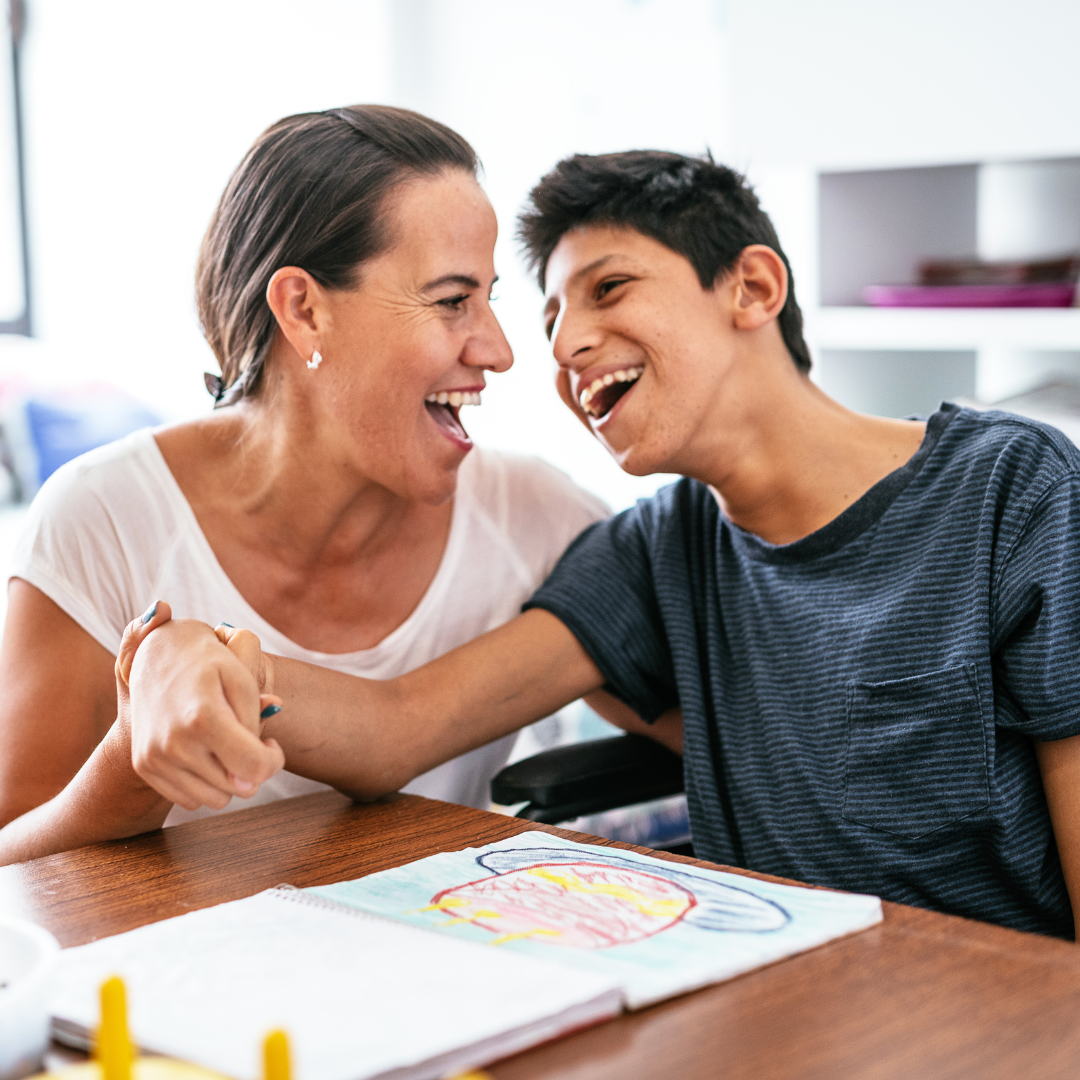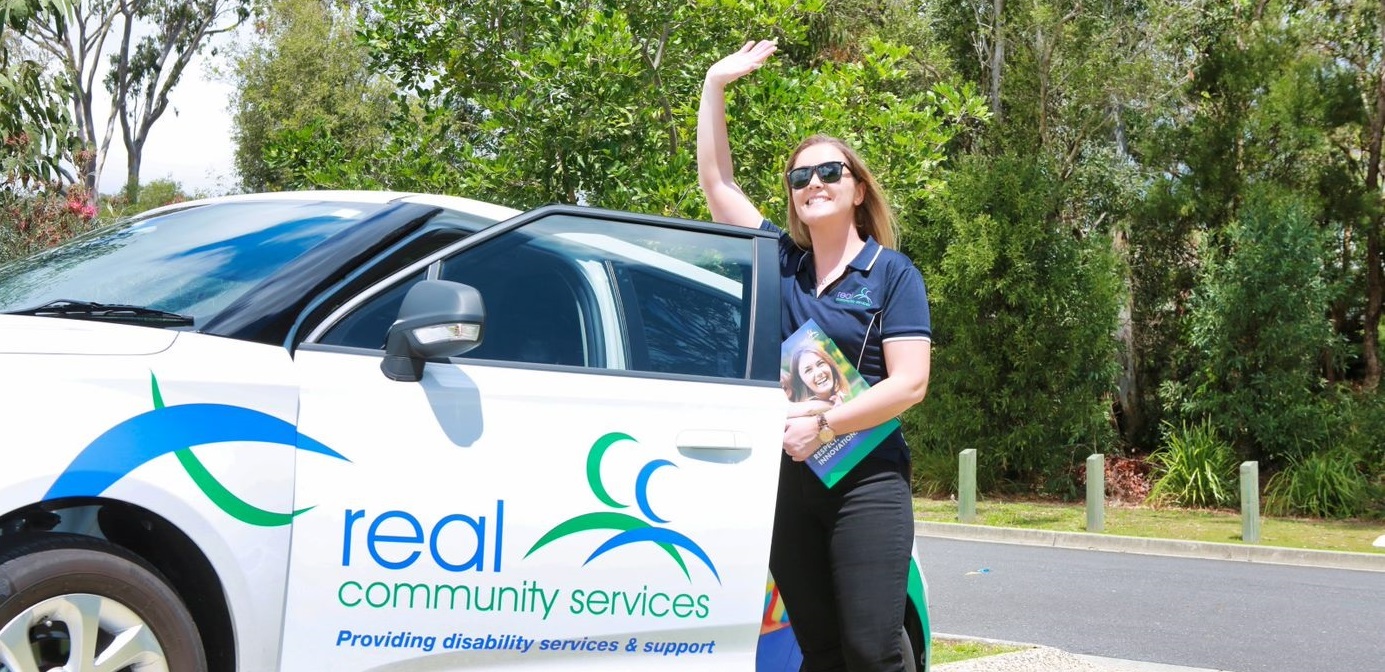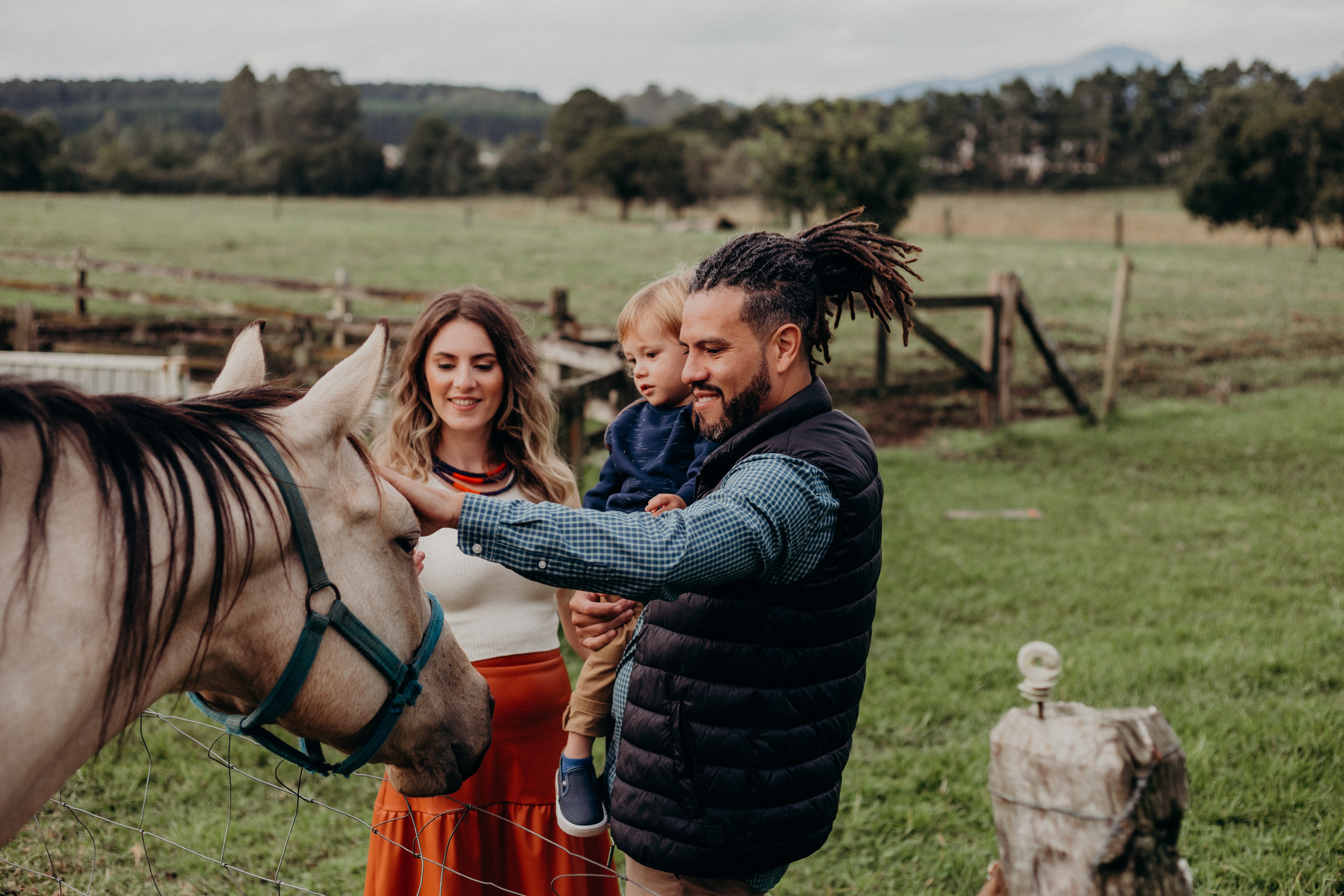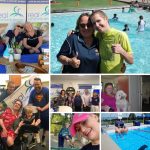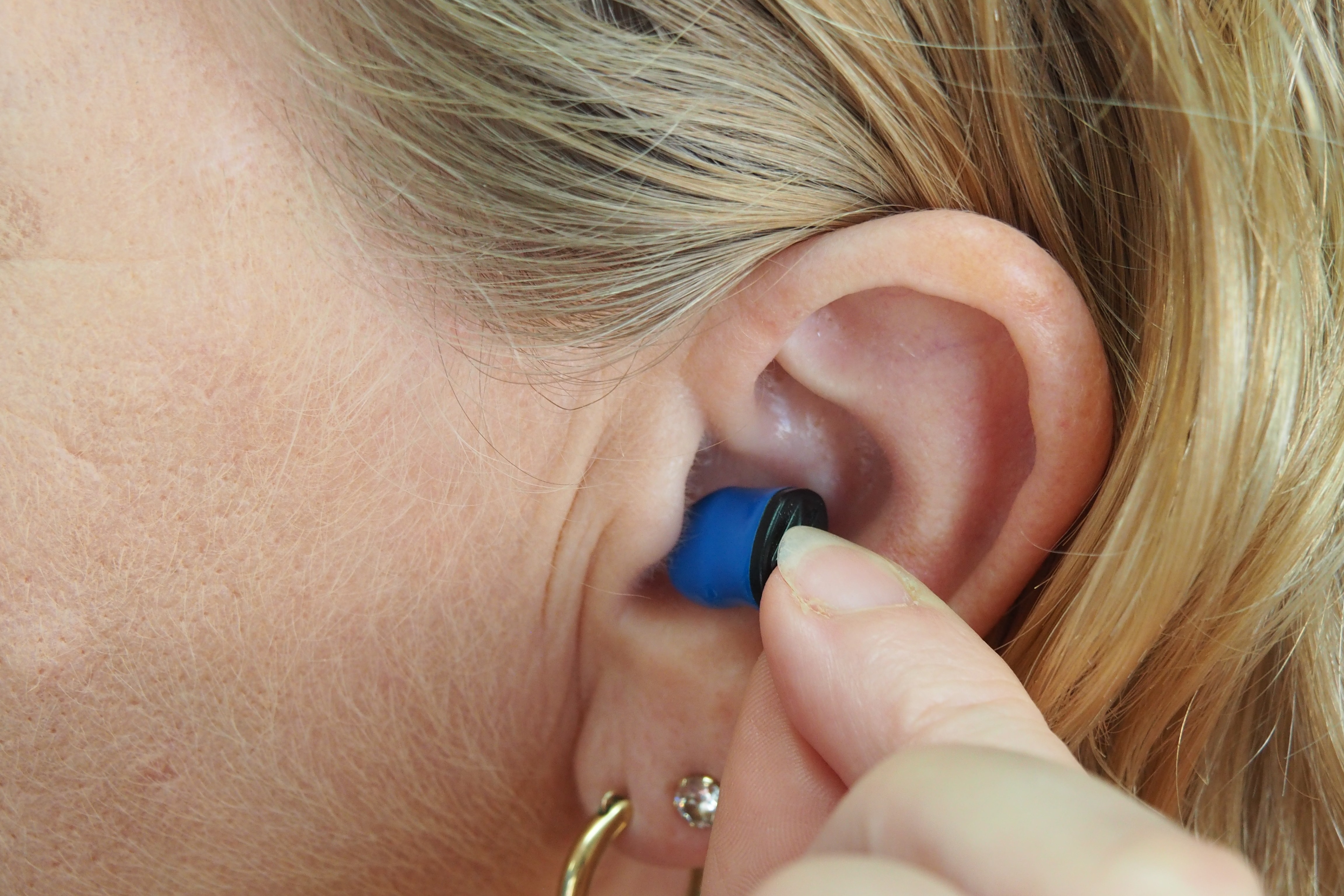We communicate without words each day without thinking about it. A raised eyebrow when a question could be asked, the fall in your shoulders when something disappointing happens, a look of surprise when caught off guard…. the list goes on. We can show the full range of emotions from joy to sadness through an expression, an action, or a touch.
For non-verbal children teaching them how to read these signals and in turn express them in a way that resonates with them and allows for communication takes time, patience and understanding.
Here’s our top tips for positive nonverbal communication:
-
Get down
Rather than looking down from above onto a small child, get down onto your child’s level. Not only does it help with eye contact, but it also shows you want to be close and can help make your child feel safe and secure.
-
The eyes have it
Let’s start at the top – face your child and engage with eye contact. Put all distractions away and ensure they have your full attention. This not only allows you to read their queues it also says to them, “You have my full attention.” and “You’re important to me.” It also shows your child how to give people their attention.
Autistic children and children with other needs may find eye contact difficult and can often listen better when not looking directly into the speaker’s eyes. Always adjust your approach based on your child’s preferences.
-
Mirror…Mirror
Showing empathy and reacting to your child’s feelings through body language & facial expressions lets them know you are trying to understand their feelings.
Simple actions like smiling back at your child, or when they are sad, acknowledging with a tilt of the head and sad expression in return. If your child is frustrated or angry, make eye contact, gentle touch, and a calm reassuring expression.
-
Positive Touch
Providing your child enjoys it, using touch to express acknowledgment, love and support is one of the most powerful nonverbal ways to communicate. From a touch on the arm to say, I know you’re there, or a reassuring cuddle, to cupping their hands in yours to deepen the engagement when communicating, touch offers a powerful way to communicate.
-
Tone of Voice
Whilst your child may be nonverbal, keep talking to them, the importance of your tone of voice remains high. Matching your tone of voice to the situation, whether it be clear and firm or soft and understanding is important to communicate with your child in a positive and consistent manner.
The key to effective nonverbal communication is using these tips in a layered approach to provide your child with love and support as you both learn how to navigate nonverbal communication. At Real Community Services we provide experienced, quality support with a brilliant team of support workers across southeast Queensland, we are there to help realise your goals and build a life full of possibilities. Talk to one of our friendly team about our in-home support and community participation programs on 1300 007 270.







